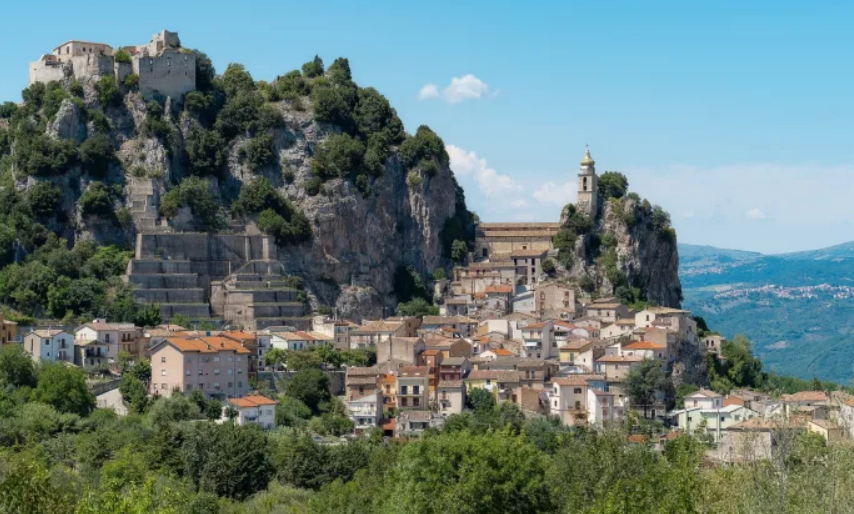Many people have read stories about unspoilt Greek islands or hidden corners of France, legendary places untouched by time or tourists. Today’s protagonist is Molise – a small region in south-central Italy, just above the Puglia region, a spur of the famous boot, better known than most. In the hot summer months you may share the beautiful beaches with Italians, but inland and outside the hottest months you will hardly ever meet other visitors, Italian or otherwise.
Some parts of Italy are not well known for good reason: there is nothing to keep you occupied. Molise is not one of them. Although it is the second smallest region in Italy, it has a rich and diverse range of sightseeing attractions. It is an Italy of another time, a place where country life is still lived, where food, family and religious traditions are still celebrated.
But it is poor, a kind of marginal status and a largely neglected history, except for the presence of the Samnites, a pre-Roman culture, the Romans themselves, and the odd invasion by the Swabians, Normans and Bourbons, all of whom have left a legacy of the highest antique ruins, towering castles and lovely Romanesque churches. And that’s what’s been… forgotten!

Many people have never visited, but in fact the region has a varied landscape, from coastal plains to idyllic landscapes, rolling hills to the high peaks of the Apennines, providing the backdrop for countless medieval hilltop villages that are on a par with anywhere in Tuscany or Umbria as far as the region is concerned. Expect more to come and discover this magnificent landscape!

The coast
Molise has just 22 miles of coastline, much of which is delightful and known for its beautiful pine-shaded beaches, hence the name Costa Verde or Green Coast.
The huge town beach of Sant’Antonio in Termeuli is a great place for families to visit together, with safe green flag bathing areas for all ages and many amenities, and after a mile or so, Lido Alcione becomes a free, unspoilt beach. It is worth mentioning the town’s other beach, Rio Vivo, which is even better for water sports.

